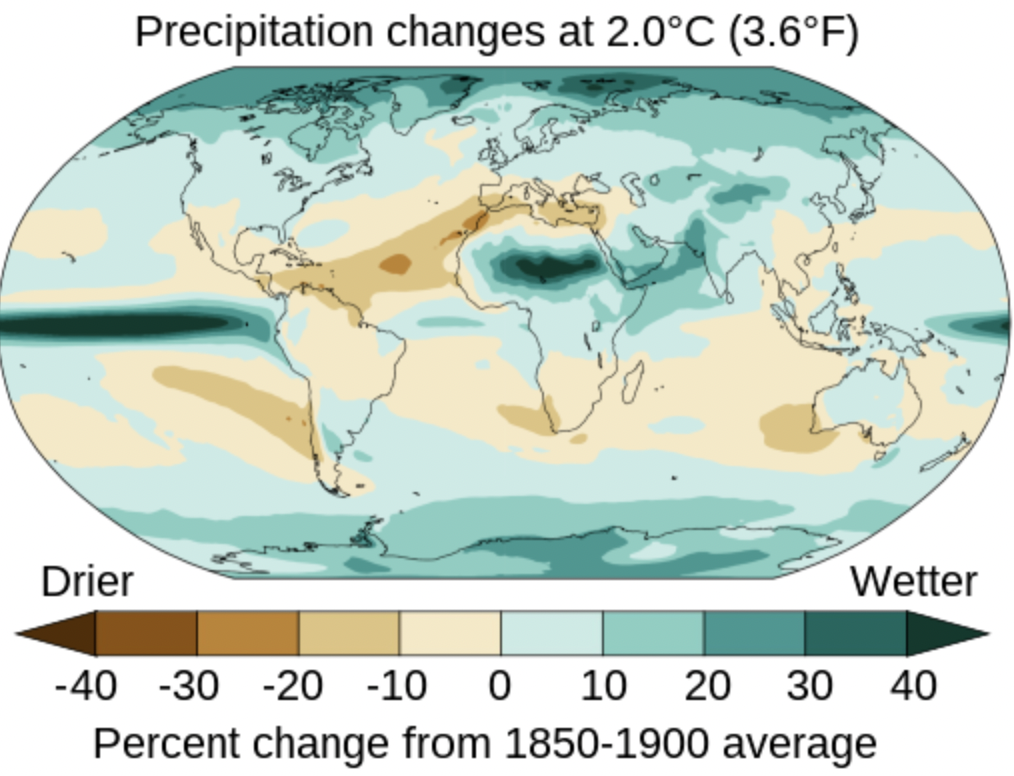By ecomagazine.com.
The ocean isn’t just impacted by climate change—it may also be part of the solution to reversing it.
Direct ocean carbon capture (DOC) is an emerging form of negative emissions technology that has advantages over its on-land counterpart, direct air capture, because of its ability to avoid land use. DOC can also conveniently be paired with offshore wind and offshore carbon dioxide storage.
Katherine Hornbostel, an assistant professor of mechanical engineering and materials science at the University of Pittsburgh Swanson School of Engineering, is well-versed in the field of carbon capture technologies. She has been actively collaborating with Assistant Professor Tagbo Niepa from Pitt’s Department of Chemical and Petroleum Engineering to develop innovative ocean carbon capture solutions.
The team published two sister papers, Demonstration of direct ocean carbon capture using encapsulated solvents and Demonstration of direct ocean carbon capture using hollow fiber membrane contactors, in the Chemical Engineering Journal. These two papers demonstrate experimentally and computationally how two types of membrane contactors—encapsulated solvents and hollow fiber membrane contactors—can remove carbon dioxide from the ocean.
“Membrane contactors are just what they sound like,” Hornbostel said. “They’re membranes that bring two fluids into contact with each other. In this case, we’re bringing together ocean water on one side and a solvent on the other.”
The team tested two types of membrane contactors: hollow fiber and encapsulated solvents. The biggest difference between the two technologies is their shape. While hollow fiber membrane contactors look like straws, encapsulated solvents look like caviar. Otherwise, they work exactly the same.
“The idea with both is to get a really high surface area of contact between seawater and solvent,” Hornbostel explained. “The more surface area you have, the better the carbon dioxide removal rate.”
Read more at ecomagazine.com.

